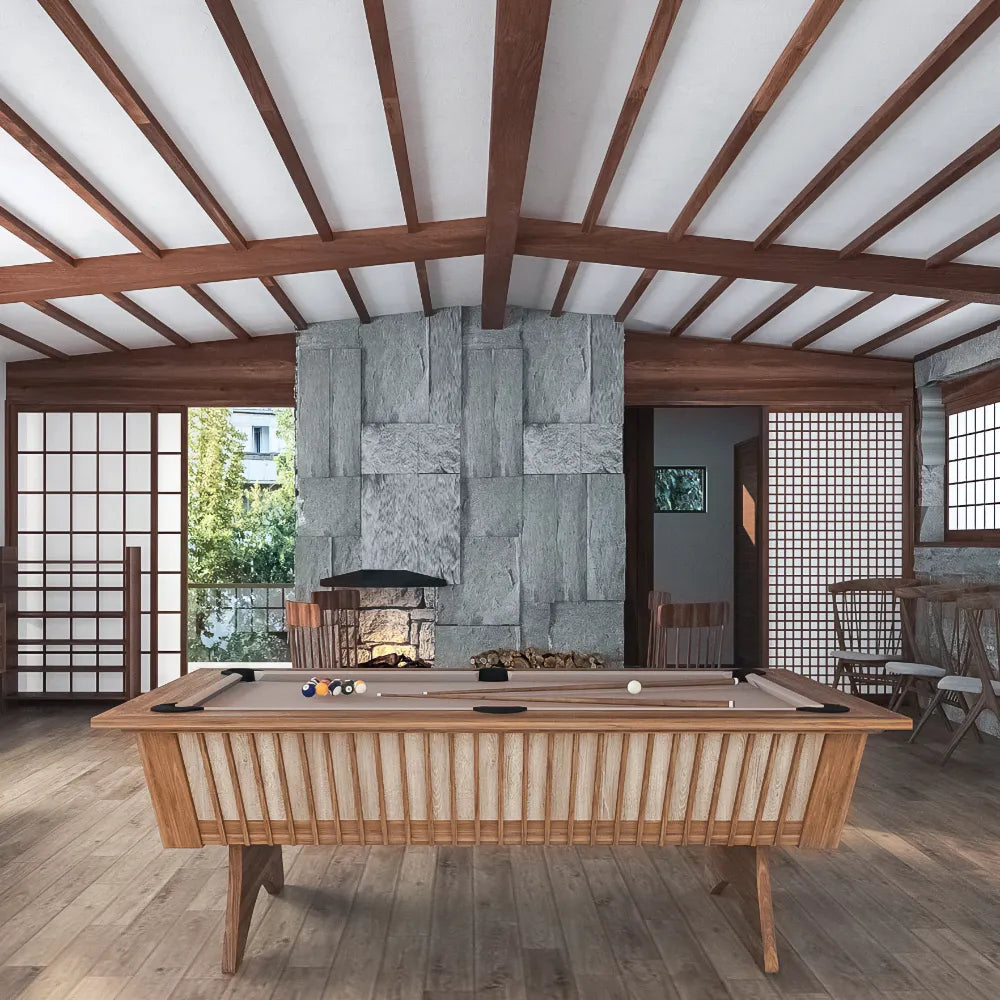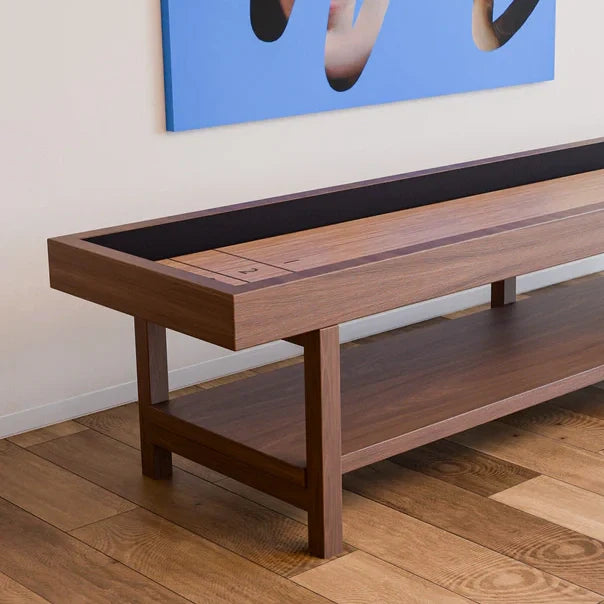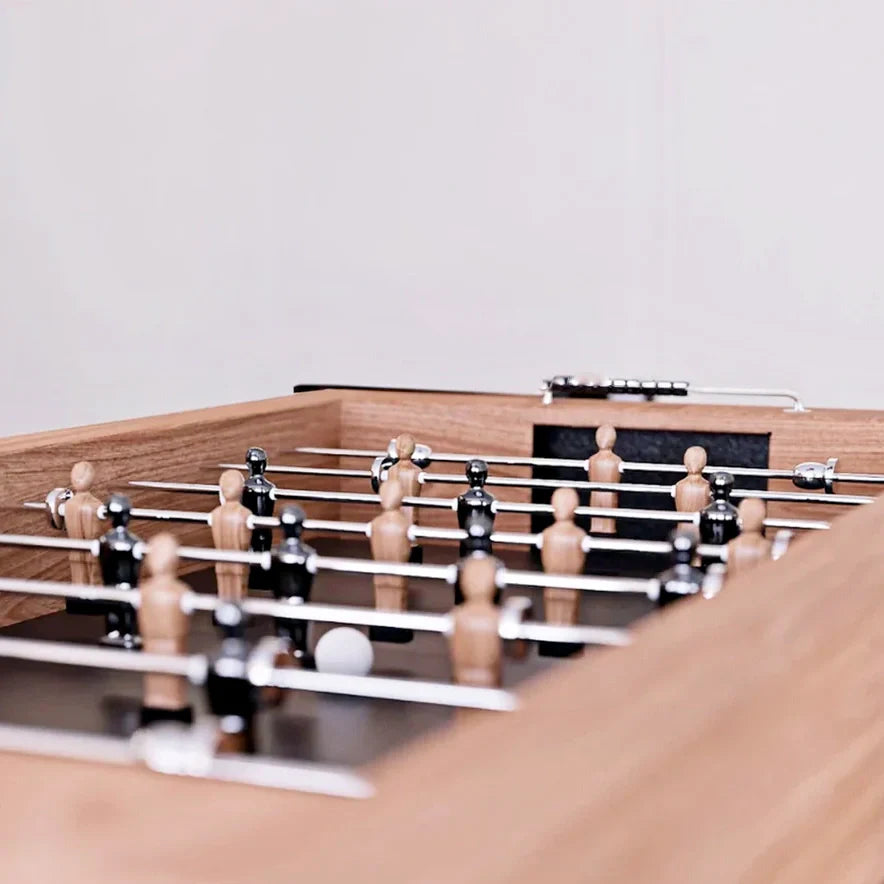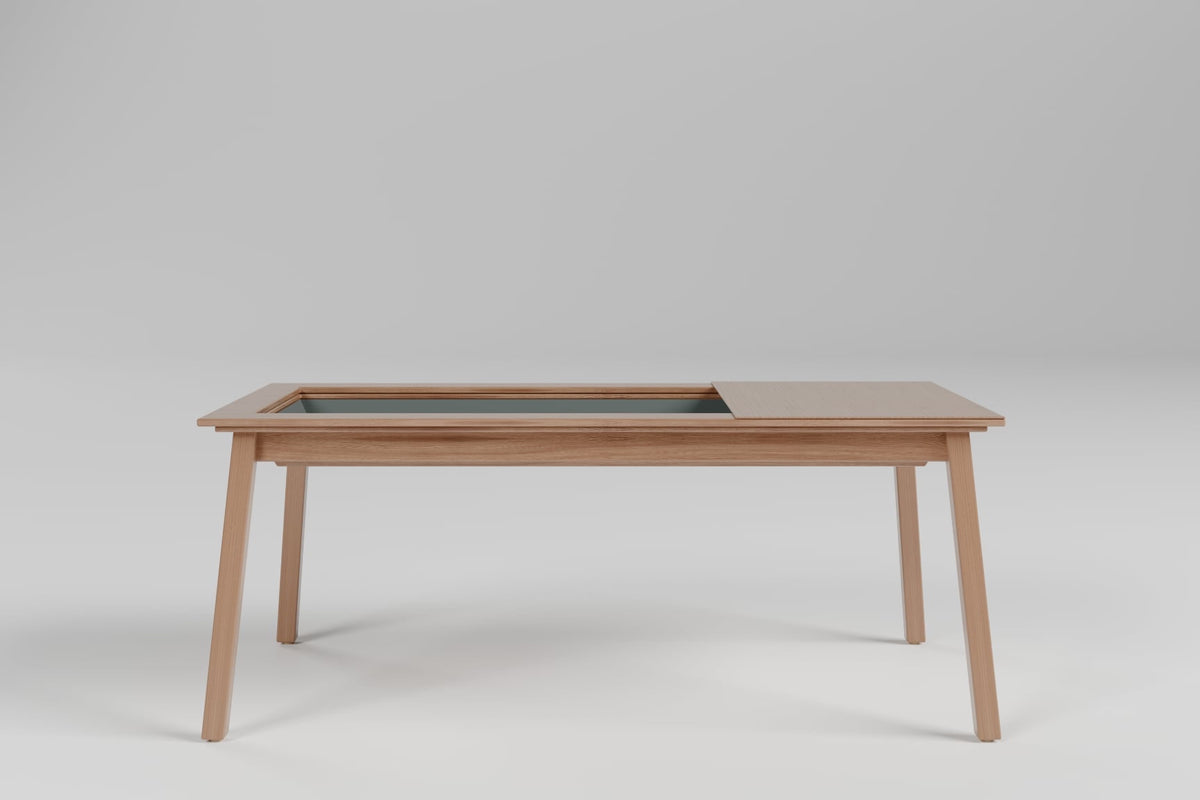Shuffleboard is a game of precision, strategy, and control. But the true essence of the game often lies beneath the surface — quite literally. For serious players and enthusiasts alike, the question of whether shuffleboard tables equipped with climatic adjusters provide superior gameplay consistency compared to tables without them has been a subject of debate.

A shuffleboard table featuring climatic adjusters for fine-tuning gameplay conditions.
Understanding Climatic Adjusters
Climatic adjusters are metal bars placed underneath the shuffleboard table’s playfield. They allow players to slightly adjust the curvature of the board in response to changes in temperature and humidity. Wood naturally expands and contracts with climate fluctuations, which can affect the level of the playing surface. Climatic adjusters help maintain the playfield's integrity, ensuring a flat and consistent surface for competitive play.
“In regions where seasonal changes are pronounced, shuffleboard tables with climatic adjusters can make the difference between frustrating gameplay and a seamless experience,”
The Case for Climatic Adjusters
For those who live in areas with fluctuating weather conditions, a shuffleboard table equipped with climatic adjusters is almost essential. Humidity can cause wood to swell, leading to a concave surface, while dry conditions can create a convex surface. Both scenarios interfere with the accuracy of puck movement, often causing unpredictable slides or dead zones on the table.
Climatic adjusters allow you to correct these issues by tightening or loosening the tension on the metal bars, bringing the surface back to level. For serious players, this level of control can be the key to maintaining the perfect game.
Tables Without Climatic Adjusters: Are They Worth It?
Shuffleboard tables without climatic adjusters are typically less expensive and require less maintenance. However, these tables are more susceptible to the effects of environmental changes. Without the ability to adjust the surface, players might find themselves constantly battling warped wood or uneven playfields.
While these tables may be adequate for casual play or indoor settings with stable climate control, they are generally not recommended for areas with high humidity or significant seasonal shifts. Over time, the lack of adjusters could reduce the lifespan of the table or force frequent repairs.
The Verdict
The question of whether climatic adjusters improve gameplay consistency is largely dependent on your environment and level of play. For serious players in variable climates, the answer is a resounding yes. Climatic adjusters provide the tools needed to ensure that the table remains flat and playable, regardless of temperature or humidity changes.
For casual players or those in more controlled environments, tables without climatic adjusters may suffice. However, as Lisa Adams points out, "Even in the best conditions, it’s reassuring to know that you have the option to fine-tune your table, ensuring every puck moves predictably."
In the end, investing in a table with climatic adjusters may offer peace of mind and ensure that your shuffleboard table remains in top condition for years to come.





0 comments